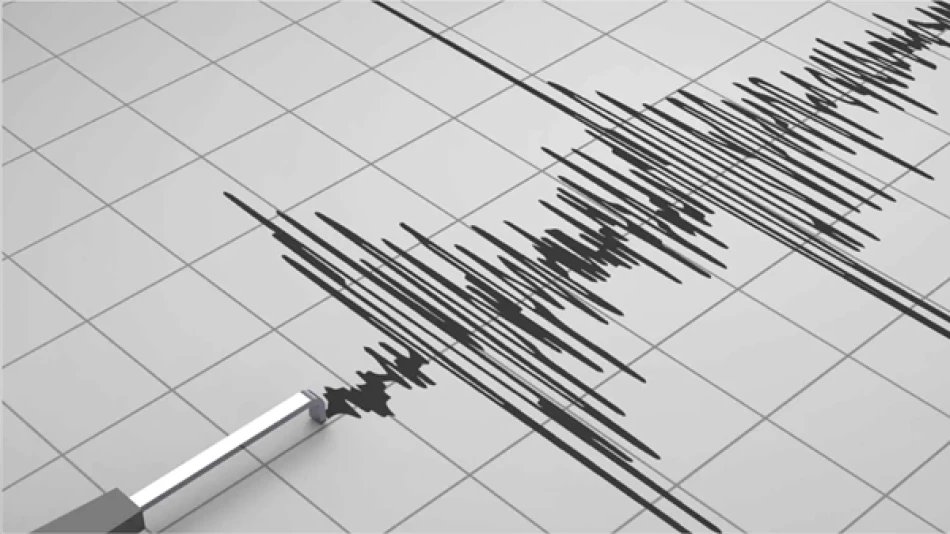
Moderate Quakes Hit Malaysian State, Prompting Preparedness Measures
Malaysia's Johor State Hit by Twin Earthquakes, Exposing Regional Seismic Vulnerabilities
Two moderate earthquakes struck Malaysia's Johor state on Sunday morning, with magnitudes of 4.1 and 2.8, highlighting the Southeast Asian nation's position along active fault lines despite its reputation as a relatively stable region. While initial reports indicate no casualties and minimal damage, the tremors were felt across multiple neighboring states, underscoring the interconnected seismic risks facing Malaysia's densely populated southern corridor.
The Morning Tremors
The Malaysian Meteorological Department reported that the first earthquake, measuring 4.1 on the Richter scale, occurred at 6:13 AM local time near the Segamat area in Johor state. A second, weaker tremor of magnitude 2.8 followed three hours later at 9:00 AM, according to Bloomberg News.
The seismic activity was felt beyond Johor's borders, with residents in the neighboring states of Negeri Sembilan, Melaka, and Pahang reporting ground movement. The meteorological department confirmed these reports through social media posts on Facebook, indicating the earthquakes' relatively wide impact zone despite their moderate intensity.
Malaysia's Seismic Reality Check
While Malaysia is often perceived as geologically stable compared to its earthquake-prone neighbors like Indonesia and the Philippines, Sunday's events serve as a reminder that the country sits within the seismically active Ring of Fire region. Johor state, in particular, has experienced increased seismic activity in recent years, with several notable earthquakes recorded since 2007.
The Segamat area, where Sunday's larger earthquake occurred, lies near several known fault lines that extend from Sumatra's active geological zones. This positioning makes the region susceptible to both local tectonic movements and tremors triggered by larger earthquakes in neighboring Indonesia.
Economic and Infrastructure Implications
Johor state serves as a critical economic hub, hosting major industrial zones and serving as the gateway to Singapore through the Johor-Singapore Causeway. The state's economy relies heavily on manufacturing, palm oil production, and cross-border trade, making seismic stability crucial for business confidence and infrastructure integrity.
While Sunday's earthquakes caused minimal damage, they highlight the need for enhanced building codes and earthquake preparedness measures in a region that has historically underestimated seismic risks. Malaysia's rapid urban development in recent decades has created densely populated areas that could be vulnerable to stronger future earthquakes.
Regional Seismic Patterns
The twin earthquakes occur amid increased seismic activity across Southeast Asia in 2024. Indonesia, Malaysia's southern neighbor, has experienced several significant earthquakes this year, reflecting ongoing tectonic stress along the Indo-Australian and Eurasian plate boundaries.
Malaysia's earthquake monitoring capabilities have improved significantly since the devastating 2004 Indian Ocean tsunami, which, while not directly hitting Malaysia's peninsula, demonstrated the region's vulnerability to seismic events. The country has since invested in better detection systems and early warning networks.
For Malaysia's disaster management authorities, Sunday's earthquakes provide valuable data for assessing regional seismic patterns and testing emergency response protocols. The relatively minor impact also offers an opportunity to review and strengthen preparedness measures before potentially more significant seismic events occur.
Most Viewed News

 Layla Al Mansoori
Layla Al Mansoori






